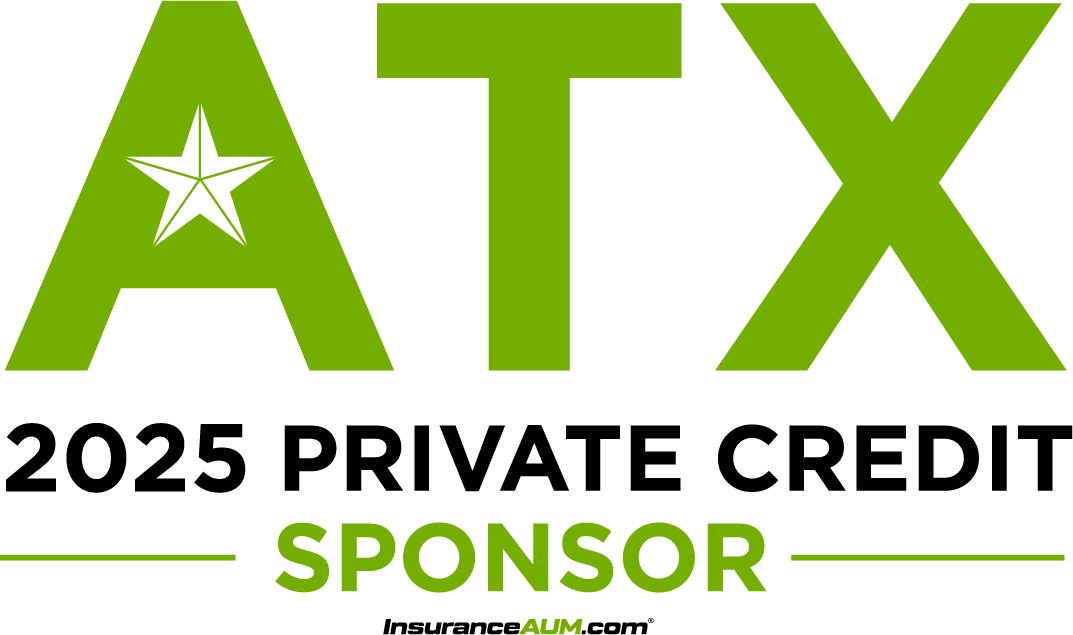T. Rowe Price
T. Rowe Price is a global asset management firm with broad investment capabilities across Equity, Fixed Income, Multi-Asset and Alternative Strategies, highly committed to excellence in service and putting client interests first. We understand that insurers have many unique considerations impacting portfolio design, and we are proud to work with many of the largest insurers in the world delivering diverse and custom solutions designed to meet those needs. Our dedicated insurance relationship managers act as an extension of your team and serve as a conduit to the T. Rowe Price organization while proactively bringing the firm’s vast resources to bear. We offer a consultative, problem-solving approach and the ability to implement solutions based on specific client objectives, constraints, and risk tolerance.
Ben Riley
Head of Insurance
benjamin.riley@troweprice.com
410-345-2223
Taylor Davis
Relationship Manager
taylor.davis@troweprice.com
410-577-2054
1307 Point Street
Baltimore, MD 21231


